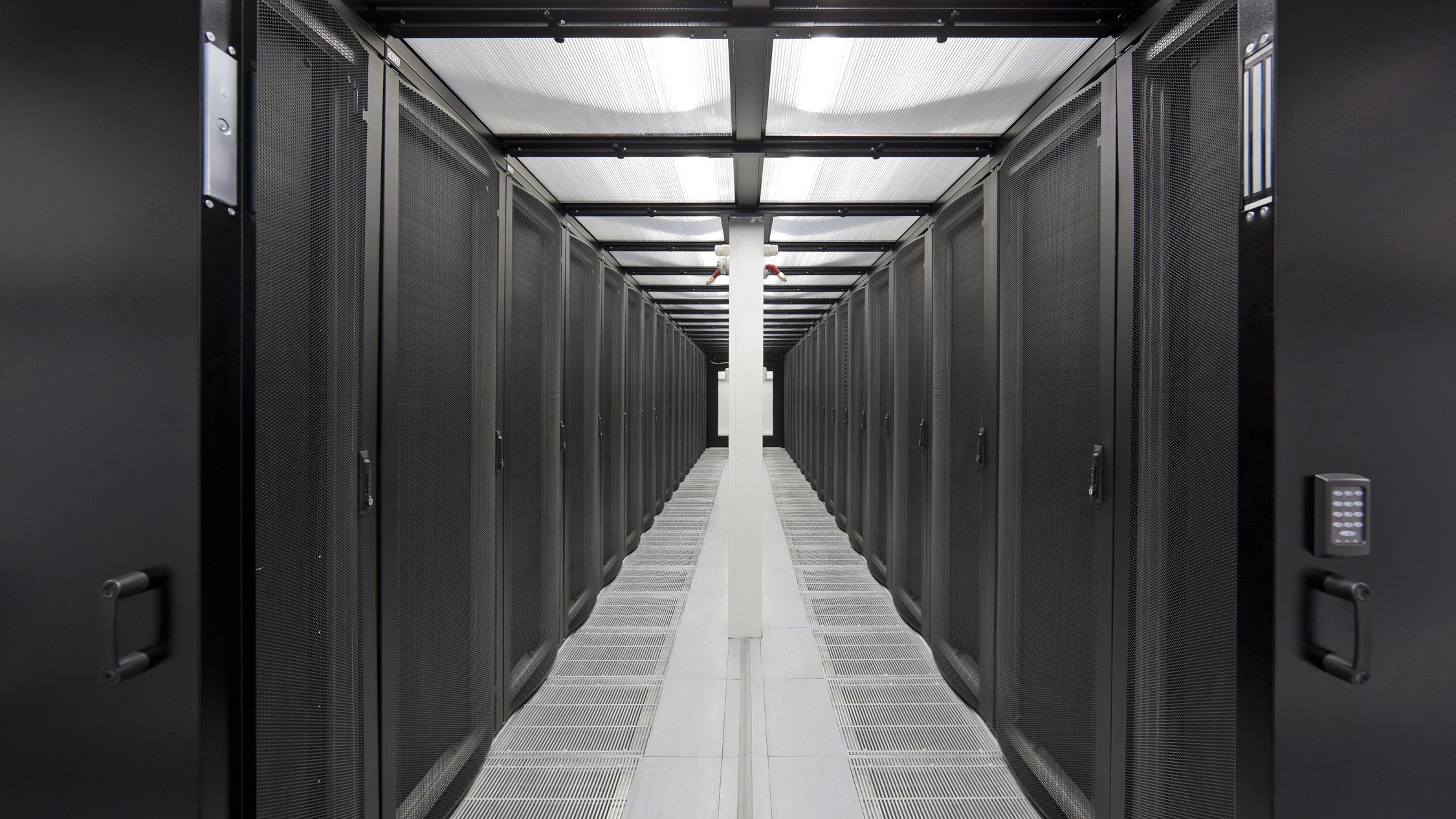Burst power: the most cost effective data centre option for businesses
Pay only for the power you need

Businesses are constantly looking at ways to cut costs, increase profit margins and gain competitive advantage, with many finding that IT has a major role to play in achieving these goals. Furthermore, as IT hardware costs have fallen, power is now an important variable in the cost stack.
When looking specifically at managing power costs, flexibility is the key for businesses. Most organisations are familiar with pay-as-you-go public cloud services, but where is the equivalent to this approach for retained IT assets? Fortunately there is help at hand with a new way to consume wholesale and retail colocation with the advent of a 'burst' power option.
This enables organisations to commit to a power level that varies over time to reflect what has actually been used. This type of service provides a competitive price point for power usage over the committed consumption, enabling companies to 'burst' in order to cater for peaks in demand without being charged the full unit charge until this becomes a profile of their normal operation.
It's common for organisations to have systems and workloads that are well understood but variable in demand, whether cyclically or more erratically. Burst makes it possible to plan around these situations and means that businesses do not have to pay for power that isn't always needed.
In this article, we'll look at how data centres can facilitate such demands for power and provide the most cost effective solutions for businesses.
Understanding faceplate values
IT equipment manufacturers power rate their equipment to a figure that is based upon the maximum consumption possible, factoring in the highest current draw potential of every component. This is referred to as the 'faceplate' power of the equipment. This leads to many data centres being built with overprovision of power, as in practice the IT equipment used consumes almost half the faceplate value, even at full utilisation.
For example, utilisation rates for servers are typically suboptimal and the real power draw of a data centre can be dramatically less than the faceplate values of the installed equipment. This issue is compounded by the fact that most colocation providers charge a fixed infrastructure charge based upon the power capacity availability to the rack.
Are you a pro? Subscribe to our newsletter
Sign up to the TechRadar Pro newsletter to get all the top news, opinion, features and guidance your business needs to succeed!
Therefore, even though actual power draw is accurately measured and priced as a utility charge, the colocation customer is being charged an infrastructure fee based upon power provision that is rarely, if ever used.
Needing to burst
Businesses benefit from a burst provision when they have peaks in demand, such as seasonal campaigns, where additional needs increase the amount of power required from a data centre.
Businesses are constantly under the scrutiny of the boardroom with regards to how money is spent and this applies to data centre budget. Whereas colocation brings large capex savings and economies of scale in shared infrastructure, any organisation that experiences spikes in demand is presented with a challenge when it comes to procuring colocation services to house their IT equipment.
Despite requiring a low level of power in a data centre for the majority of the year, server utilisation will need to be increased exponentially. Currently there is little option but to procure data centre services to cater for the maximum demand when using retained IT assets.
This leads to many companies procuring data centres with an overprovision of power. The ability to commit to a lower level of power provision would reduce costs dramatically, as long as there is certainty that extra power is available, when and if required.
Maximising power savings
The virtualisation of IT provides another way to make big power savings. Utilisation rates of servers are dramatically improved via workload management of virtualisation software that aggregates computing capacity across a collection of servers, and intelligently allocates available resources among the virtual machines. This means that virtualisation keeps servers busy, but at times when there is spare capacity, servers that are idle can still be drawing between 20% and 60% of their maximum power draw whilst contributing nothing to the IT estate.
VMware Distributed Power Management (DPS) solves this issue by providing intelligent power management of the collection of servers in a cluster. This brings the idle power of servers down to a theoretical zero power draw.
Therefore, remaining cost competitive when dealing with peak demands is not only possible, but should be at the forefront of the IT strategy. There is no need for overprovision in order to meet peak demands – just pay for the power that's used, when it's used.
Demanding peaks
Paying for the power used when it's needed seems a logical and viable way for businesses to keep their standard data centre costs down, and just pay for the additional power required during peak times.
A service that allows for an almost instant, dramatic increase of power enables organisations to have a minimum committed power consumption that varies over time to reflect the actual utilisation. It seems a simple concept, but traditionally the data centre provider needed to allocate the maximum power as part of the contract to ensure that the correct consumption level was available. With technology innovation and the change in the way businesses can manage their IT infrastructure, this concept is now a reality for those needing to burst through the normal power usage.
Remaining cost competitive when dealing with peak demands is not only possible, but should be at the forefront of the IT strategy. It requires a less risk adverse attitude, but it solves the problem of needing overprovision in order to meet peak demands – as we've already said, you just pay for the power used, when it's used.
- Andrew Roughan is the Product & Marketing Director at Infinity SDC